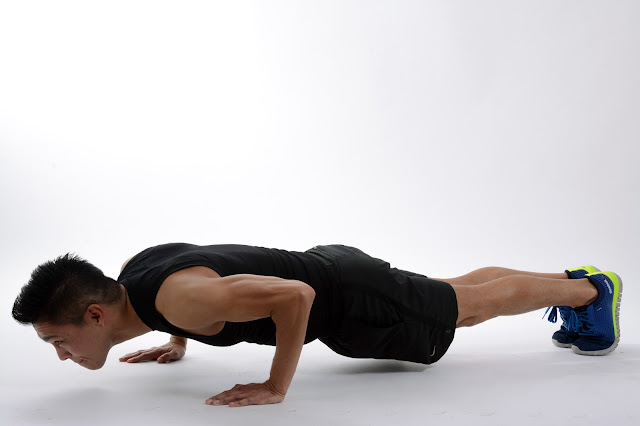How Decompression Works
"I saw your article on Bodybuilding.com. I'll be going into the academy next year when I get all my credits. I'm just curious about the decompression [phase]: how does it work for the body?"
- R. Lynn
My Answer: The way decompression works is that if you train at a high volume and/or a high frequency for a few weeks, and then you drop that volume or frequency significantly, your body will overcompensate in size by sucking up amino acids and carbohydrates left and right.
People call it detraining, backcycling or muscle confusion, but decompression is very specific. You are purposely dropping the volume by half and decreasing the density of a workout by increasing rest periods. Your body will take some time to adjust to this drop, so it will try to load up on all of its nutrients before you decide to get crazy in the gym again. During this adjustment, that is when you grow.
"Hi I just got your book Neo-Classical Bodybuilding, and I wanted to use your modern strength training/fat loss program. I'm a 145-150 pound mesomorph, and I'm pretty skinny. I wanted to gain muscle and lose fat at the same time, so I was looking at this program from you, but I don't have access to kettlebells. Is there any replacement exercise I could use instead?"
- Luigi O.
My Answer: First off, if you're skinny, then you are an ectomorph, not a mesomorph. So I don't know why you would want to lose fat, since you should be focusing on gaining muscle first, then lose fat later if you need to. The strength training for fat loss program outlined in the book is for people whose primary focus is to lose fat, with a secondary goal of muscle gain. Your primary goal should be muscle gain, fat loss later.
Nevertheless if you want to do the program, then you can substitute dumbbell swings, but it is just not the same. The difference in feel between the kettlebell swing and the dumbbell swing is like night and day. So you can substitute dumbbell swings when the program calls for kettlebells, or you can simply skip over that exercise altogether.
- R. Lynn
My Answer: The way decompression works is that if you train at a high volume and/or a high frequency for a few weeks, and then you drop that volume or frequency significantly, your body will overcompensate in size by sucking up amino acids and carbohydrates left and right.
People call it detraining, backcycling or muscle confusion, but decompression is very specific. You are purposely dropping the volume by half and decreasing the density of a workout by increasing rest periods. Your body will take some time to adjust to this drop, so it will try to load up on all of its nutrients before you decide to get crazy in the gym again. During this adjustment, that is when you grow.
"Hi I just got your book Neo-Classical Bodybuilding, and I wanted to use your modern strength training/fat loss program. I'm a 145-150 pound mesomorph, and I'm pretty skinny. I wanted to gain muscle and lose fat at the same time, so I was looking at this program from you, but I don't have access to kettlebells. Is there any replacement exercise I could use instead?"
- Luigi O.
My Answer: First off, if you're skinny, then you are an ectomorph, not a mesomorph. So I don't know why you would want to lose fat, since you should be focusing on gaining muscle first, then lose fat later if you need to. The strength training for fat loss program outlined in the book is for people whose primary focus is to lose fat, with a secondary goal of muscle gain. Your primary goal should be muscle gain, fat loss later.
Nevertheless if you want to do the program, then you can substitute dumbbell swings, but it is just not the same. The difference in feel between the kettlebell swing and the dumbbell swing is like night and day. So you can substitute dumbbell swings when the program calls for kettlebells, or you can simply skip over that exercise altogether.

Comments